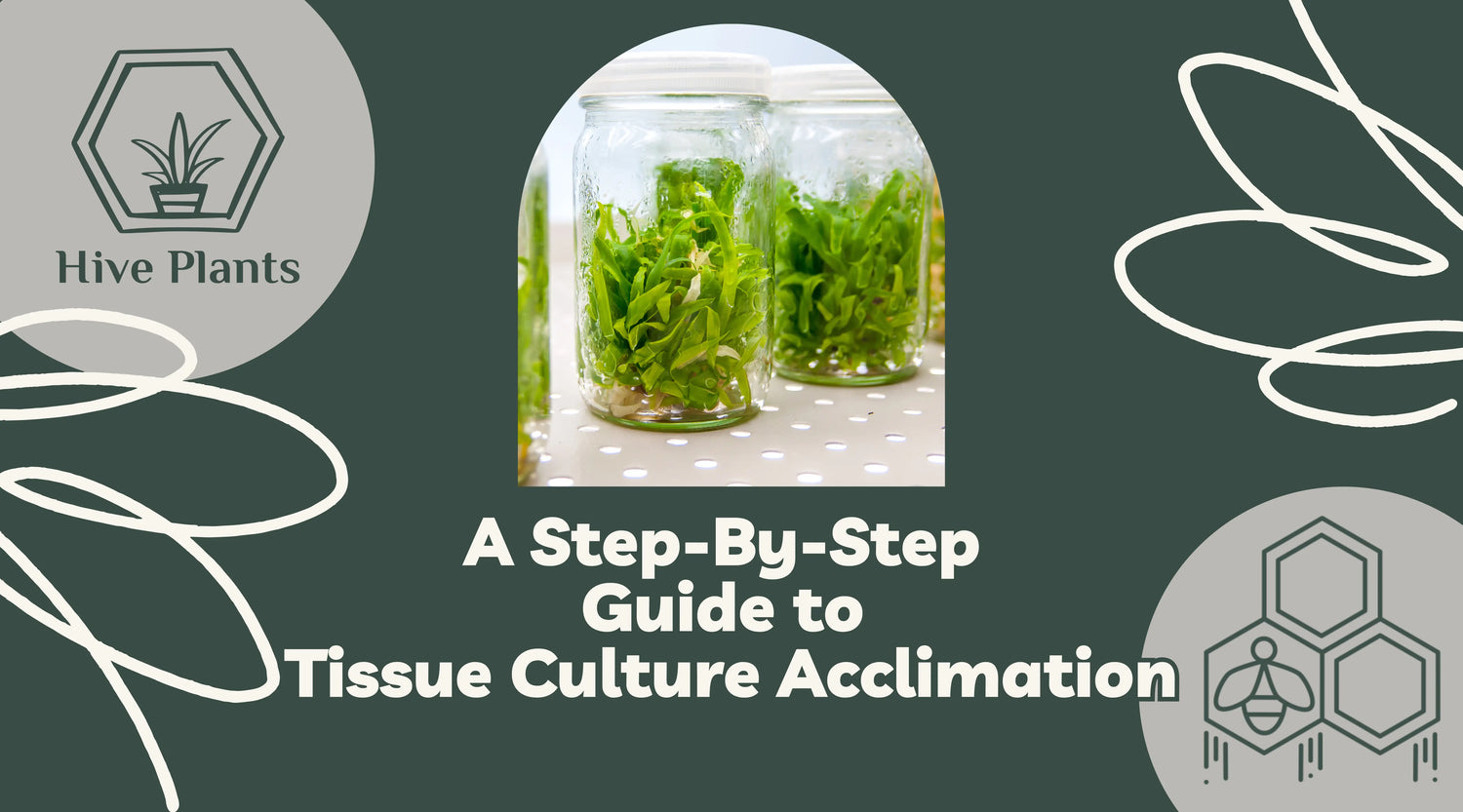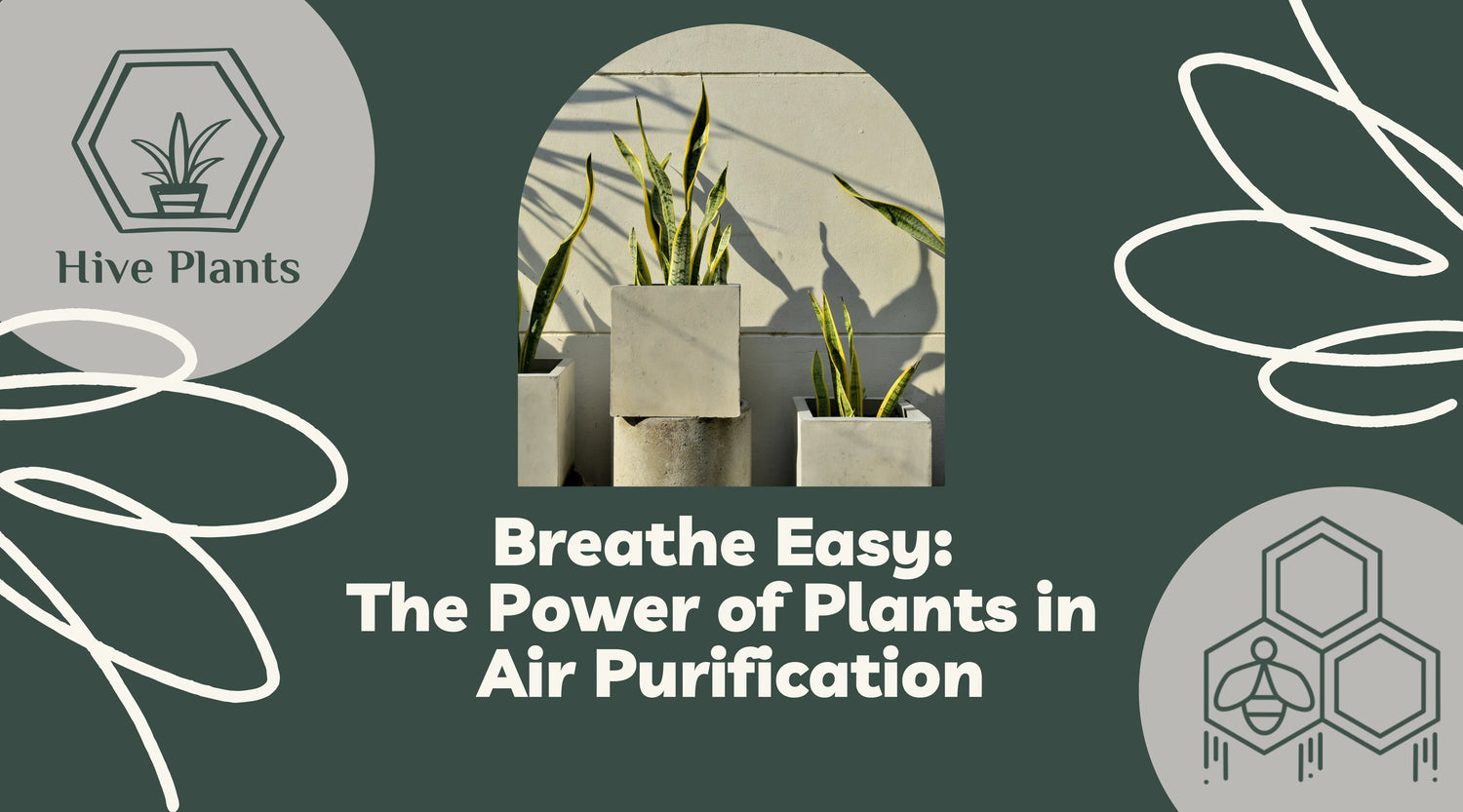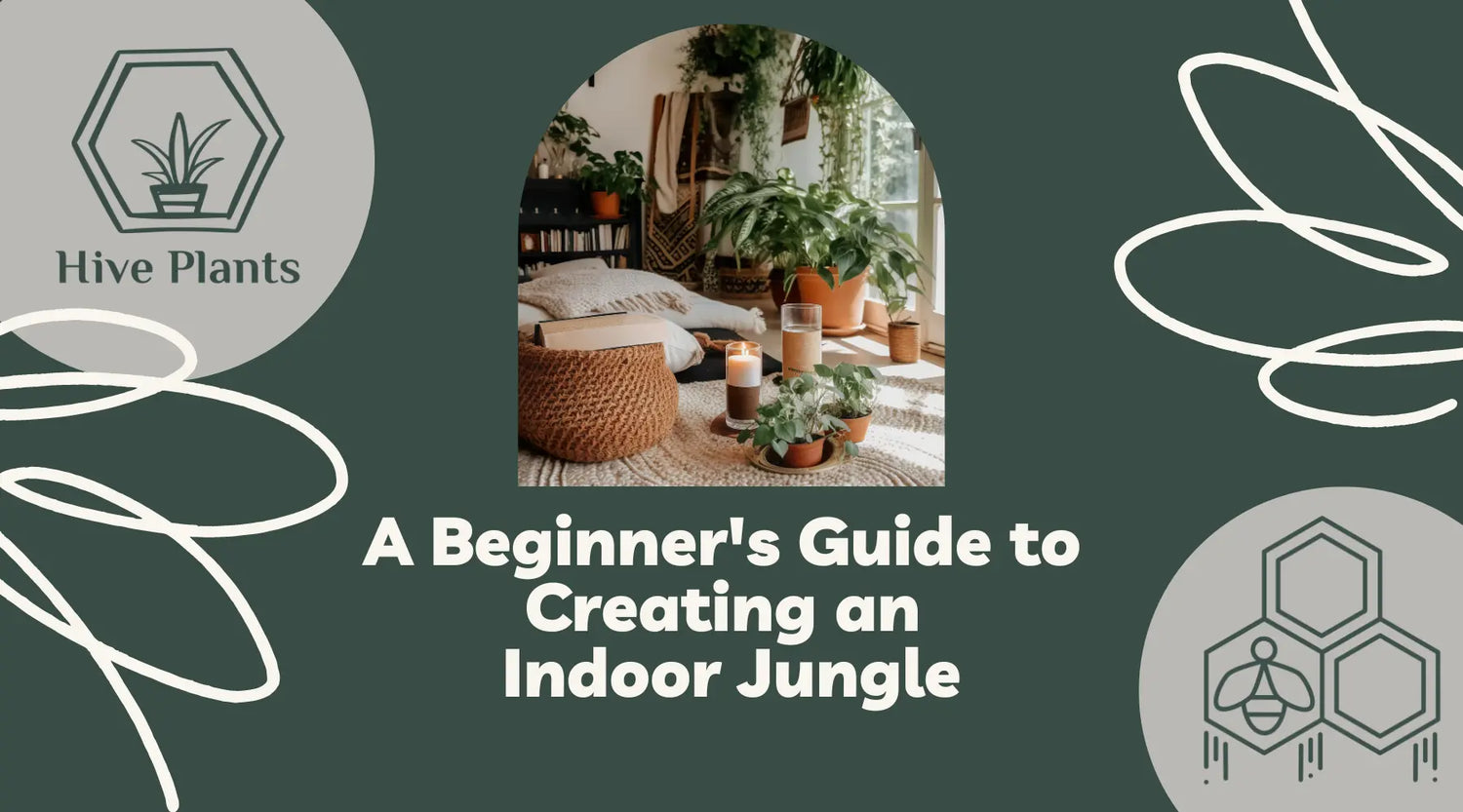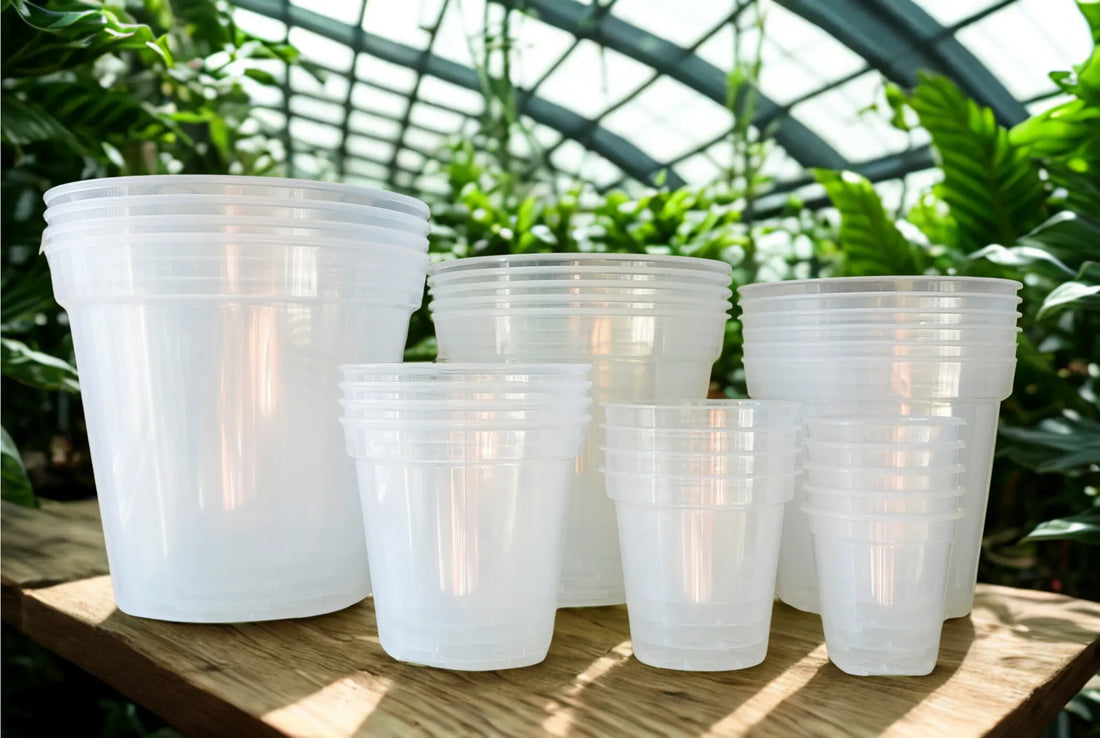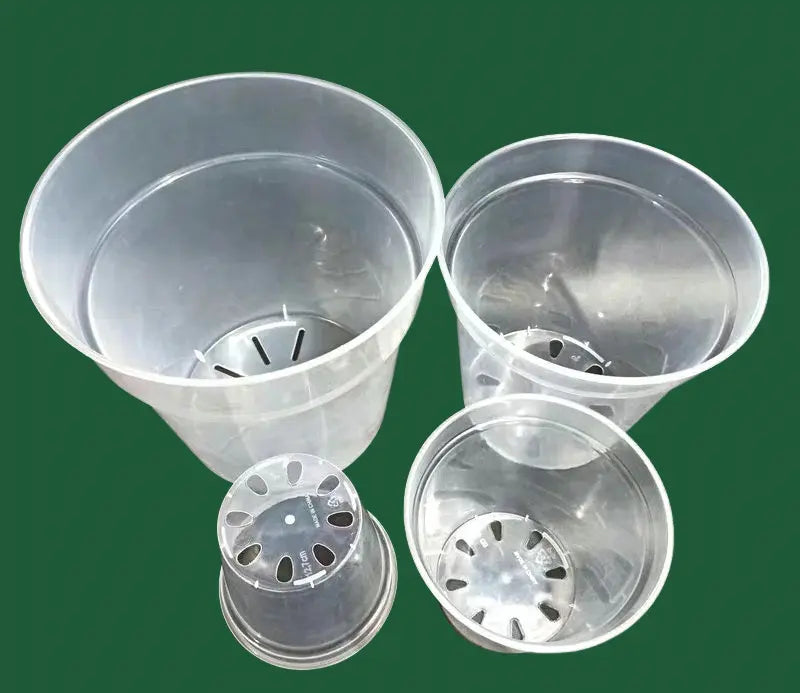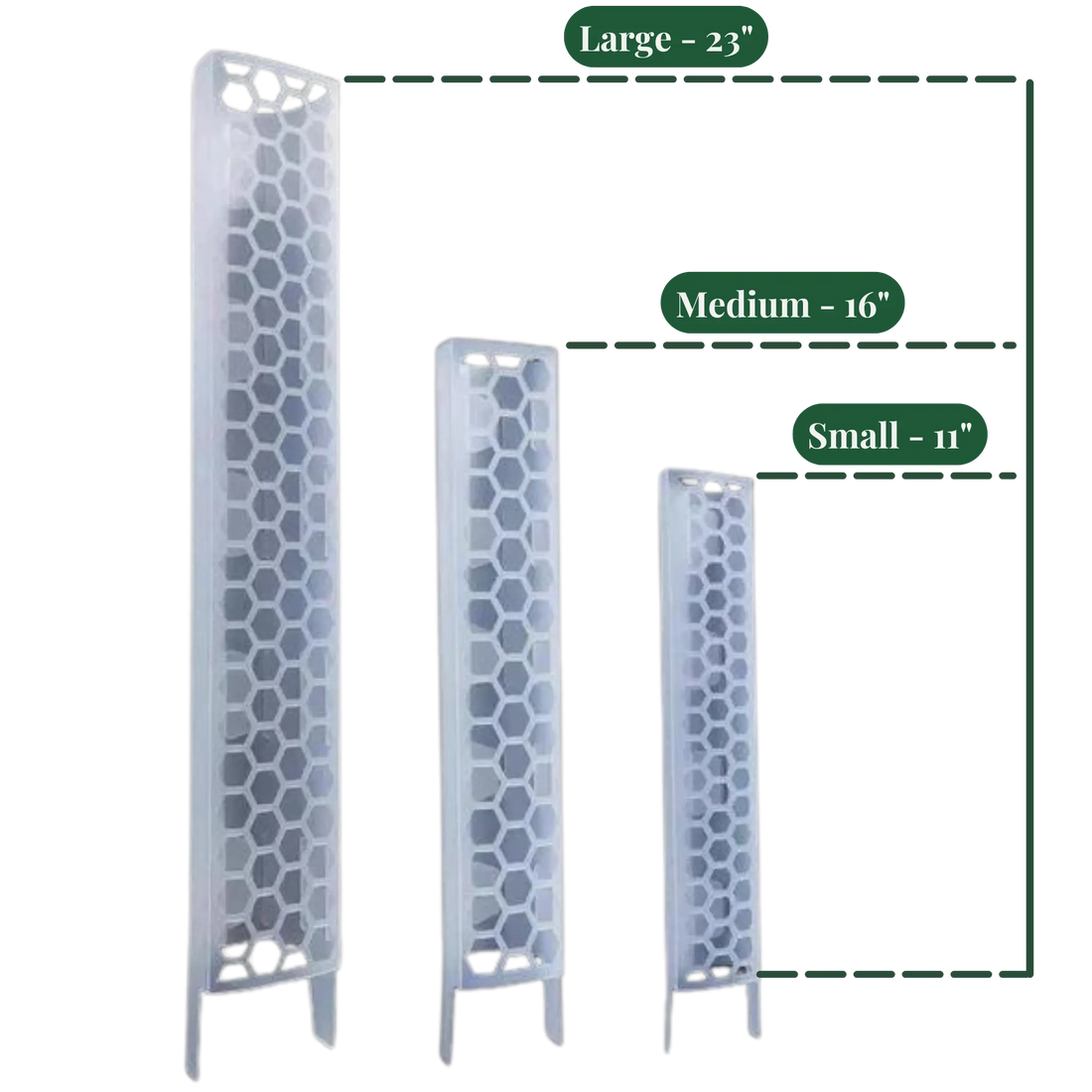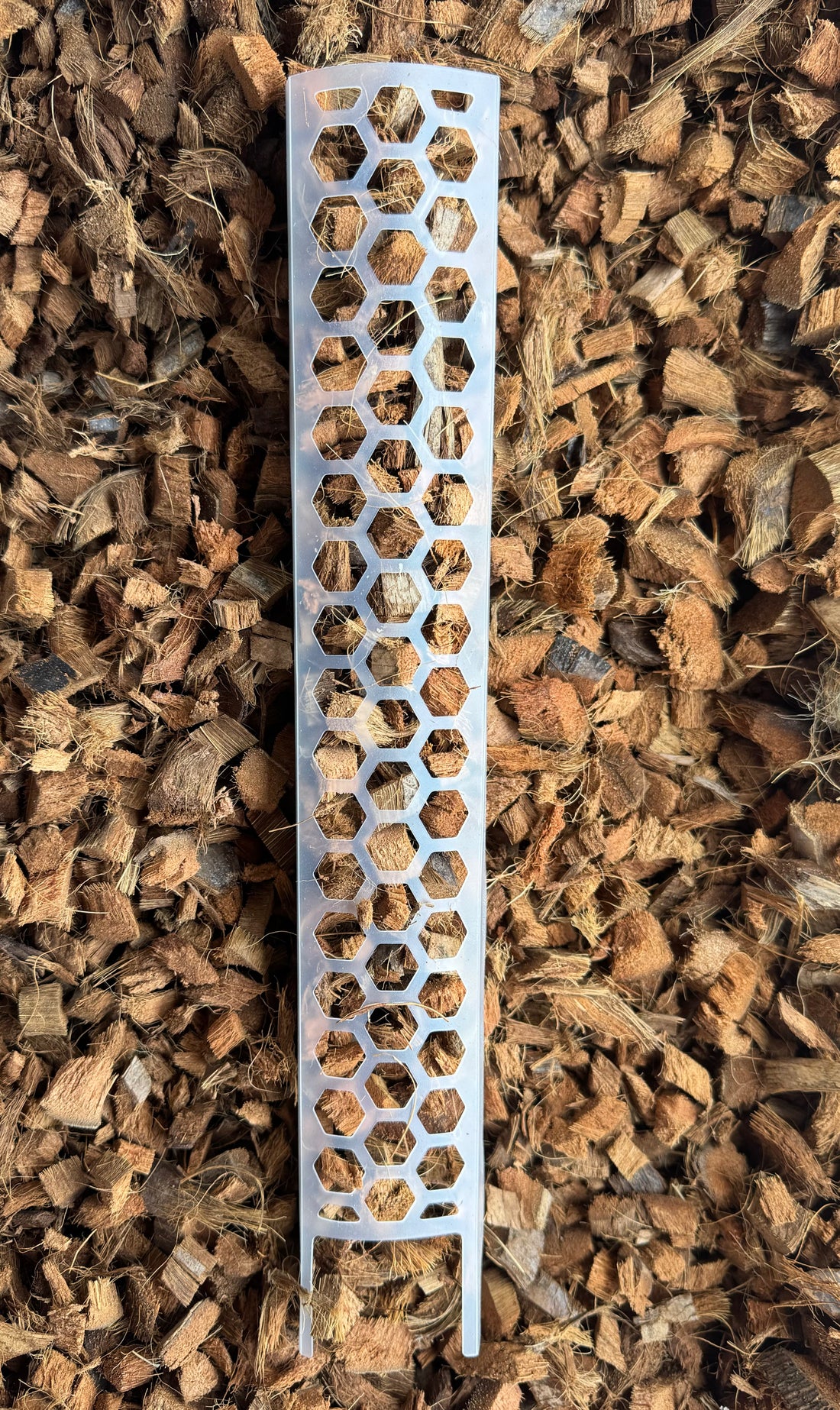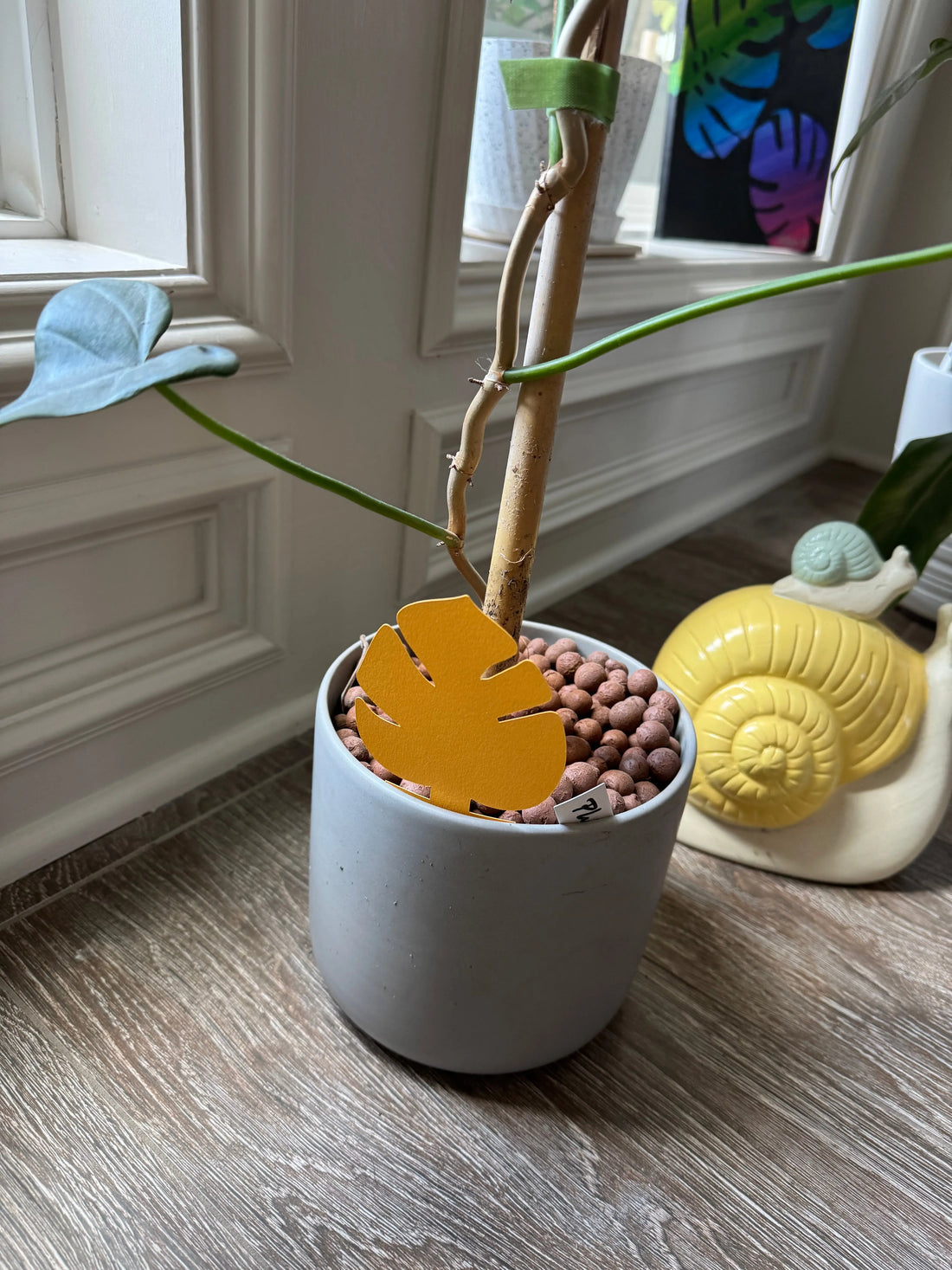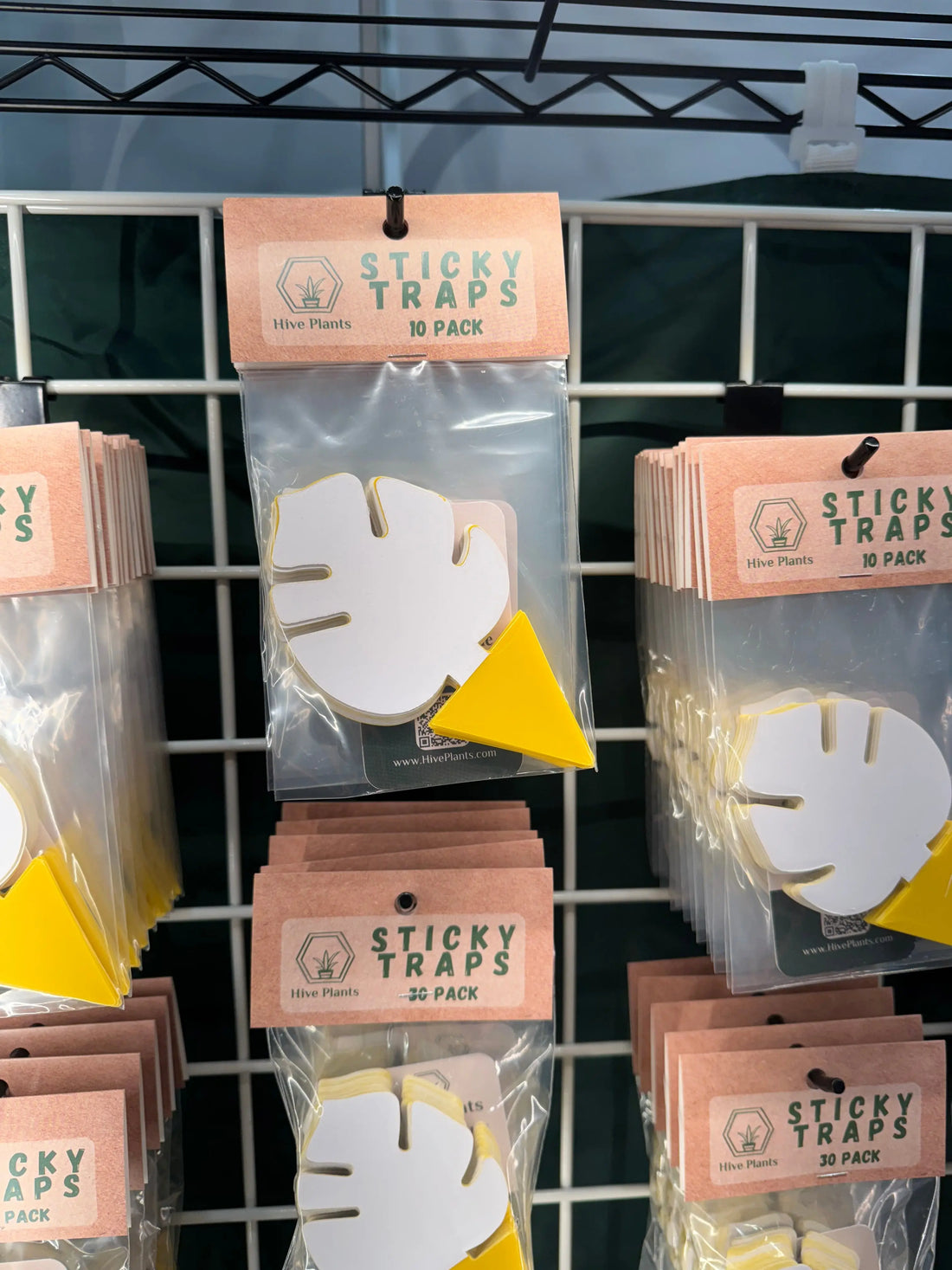Hello fellow plant enthusiasts! As proud plant parents, we know how important it is to keep our leafy friends happy and healthy. However, dealing with unexpected guests like soil gnats can be quite a challenge. Don't worry, though – we've got your back! In this guide, we'll walk you through everything you need to know about spotting and treating soil gnats in your beloved houseplants. So, let's dive in and banish those pesky insects for good!
What Are Soil Gnats and Why Do They Invade Houseplants
Soil gnats, also known as fungus gnats, are tiny insects that may seem harmless at first glance, but can wreak havoc on your houseplants if left unchecked. These pesky insects are attracted to damp, organic-rich soils – the perfect environment for their larvae to thrive. As you water your plants, the moist conditions become a breeding ground for soil gnats, leading to an infestation that can stunt plant growth and damage root systems.
Spotting the Signs of Soil Gnat Infestation
- Flying Pests: Adult soil gnats are small, black flies that resemble fruit flies. They'll often be seen hovering around your plants or near the soil surface.
- Yellowing Leaves: One of the earliest signs of a soil gnat problem is the yellowing of leaves. This happens as the larvae feed on the delicate root hairs, disrupting the plant's ability to absorb nutrients.
- Sudden Wilting: Infested plants might start wilting even if you've been following a consistent watering routine. This is due to the larvae's damage to the root system.
- Visible Larvae: Carefully inspect the top layer of soil – if you spot tiny, translucent larvae wriggling around, you've got a soil gnat problem.
Taking Action: Treating Soil Gnats Effectively
- Allow Soil to Dry: Soil gnats thrive in moist conditions, so allow the top inch of soil to dry out between waterings. This helps disrupt their life cycle and reduces their numbers.
- Sticky Traps: Place yellow sticky traps near your plants. The adult gnats are attracted to the color and will get stuck on the traps, reducing their population. Check out these fun shaped sticky traps!
- Neem Oil Spray: Neem oil is a natural insecticide that disrupts the life cycle of soil gnats. Mix it with water and lightly spray the soil's surface, ensuring it doesn't accumulate on leaves.
- Cinnamon Barrier: Sprinkling ground cinnamon on the soil's surface creates a barrier that deters adult gnats from laying their eggs.
- Repotting: If the infestation is severe, consider repotting your plant in fresh, well-draining soil. This will help remove larvae and eggs.
Preventing Future Infestations
- Use Well-Draining Soil: Opt for well-draining potting mix to prevent excessive moisture retention.
- Bottom Watering: Watering from below can help keep the top layer of soil dry and discourage gnats.
- Keep It Clean: Remove fallen leaves, debris, and overripe fruits from the vicinity of your plants. These can attract gnats.
- Quarantine New Plants: Before introducing new plants to your collection, isolate them for a few weeks to ensure they're not carrying any unwanted guests.



